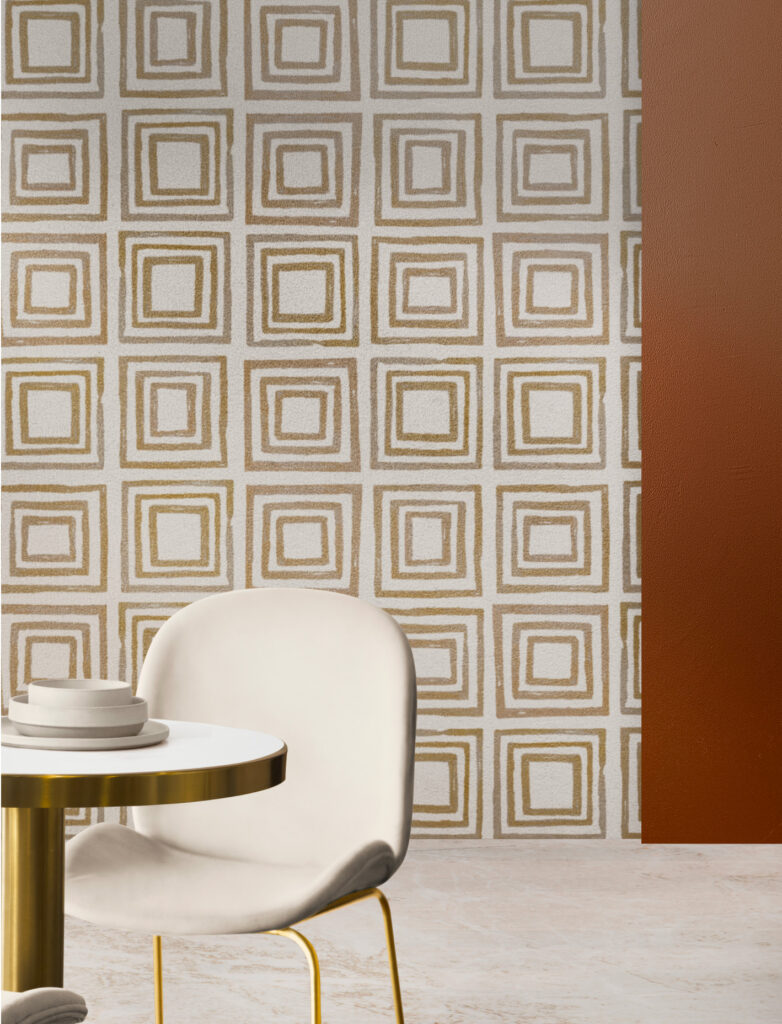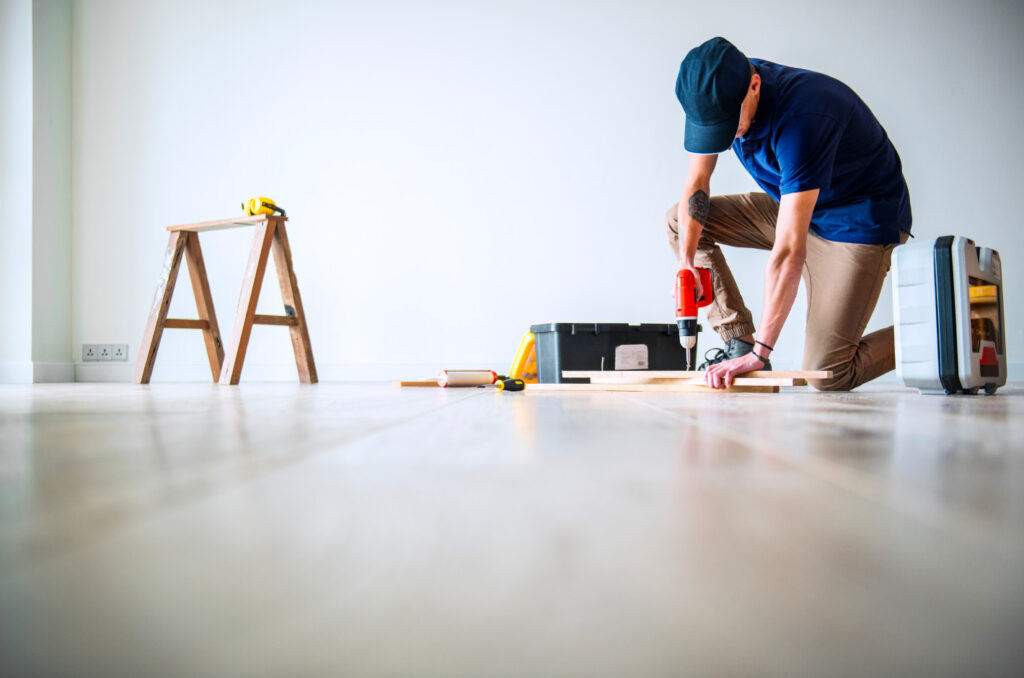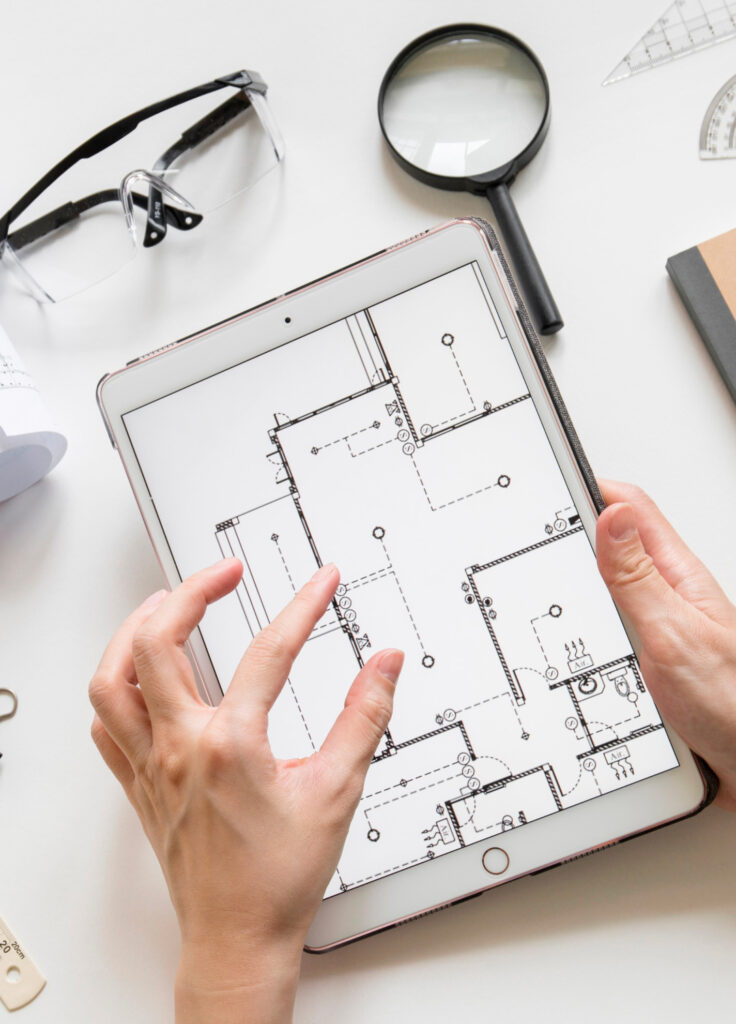How to avoid risks when buying a new apartment?
Part 2: Problems that poison the joy of buying.
In the first part of this article we discussed the two groups of problems might arise before brand new apartment buyer. Let’s find out about other problems and how to deal with them.
The third group of risks
deprives the pleasure of owning an apartment and diminishes its value.

1. Bad neighbourhood
For instance, you have bought a new apartment with a nice view, and a year later a new house has been built in front of your window and instead of a sea view, you must enjoy the windows of your neighbours.
Imagine a high-voltage power line installed next to your new house.
For example, you bought an apartment in a quiet part of the island in winter and found out in summer that the area is flooded with tourists.
It is possible to avoid such problems. Just find out the reputation of the district before buying a new property. You can obtain this information from a real estate agency, design bureau, or from residents. Internet and social media might be useful sources of knowledge. It is also a good idea to visit the neighbourhood in person:
- to measure the noise level on weekdays and at weekends;
- to pay attention to where the sun is shining in the morning and afternoon;
- to figure out what windows view could be;
- to check if there is a parking space near the house;
- to look at the number of construction workers;
- to have a glance at the neighbourhood;
- to understand transport accessibility
In addition, it makes sense to get the following information:
- What kind of development is planned in the current area?
- Whether there are plans to build new houses around it?
- Whether there is a plan to construct high-voltage lines nearby?
- What is the legal height limit of buildings in the vicinity?
This information can be obtained from the developer, the local government, or a real estate agent.
2. The mismatch between buyer’s expectations and reality
When one buys an apartment in a building under construction, he is paying money for a virtual image in one’s head. It is said, that in the theory the practice has no difference from the theory. However, things are quite different in the real life.
For example, a person saw beautiful photorealistic renders of the apartment interior in the sales office. He might think his flat will be spacious and beautiful, just like the advertising brochure promises. The person makes a purchase and then discovers that the beautiful pictures in the brochure illustrate a spacious penthouse rather than a modest one-bedroom apartment.

Sometimes, the floor plan provided by the developer does not consider the real scale of the furniture. The buyer looks at the furniture layout and imagines the spacious bedroom. In reality, the bed is only 1.6 meters wide, and the bedside tables and armchairs will not fit inside the room.
To avoid disappointment, you are advised to carefully and critically analyze the advertising materials provided by the real estate developer. The best solution is to consult an interior design studio.

3. Missed opportunities
Some developers at an early stage of construction announce additional options to choose from: e.g. install a heated floor, a sun awning, or choose a type of interior finish. This is good for sales. The buyer should be aware that these options are often only available at the beginning of the project. At a later stage, there is no longer an option to get what you want.
We, therefore, recommend that the sooner to decide on the additional options and finishes needed, the better.
4. Unsuccessful planning
We know examples when room plans and beautiful renderings of future apartments have been created in another part of the world.
Sometimes this is the root of unsuccessful planning solutions. The placement of lighting, room dividers, doors, electrical wiring, plugs, and switches will follow the original plan. Once the construction is completed, it can be difficult to rectify the situation.
For example, an open-plan living room may have a sofa next to a kitchen island and a dining table at the other end of the room. Such zoning is inconvenient because it forces the owners to move dishes with food across the room. Sometimes it is possible to remedy the situation by rearranging the furniture. But what if the TV or floor lamp near the sofa has no connection to the electricity?

To avoid mentioned problems, we recommend engaging an interior design studio. As a result, an effective planning solution and working documentation will be developed at an early stage of the project, allowing the necessary changes to be made during construction. This will save money and time. In addition, systematic planning will produce a functional interior that is beautiful and practical.

5. Inefficient solutions
During the construction of a new apartment complex, the real estate developer almost always approaches the buyers to agree on small details: which height and width to install switches above the bed, where to reinforce the wall to place the TV, and which faucet to install.
If the future owner of the apartment does not have a clear idea of what size furniture he should use and where to place it, he or she is bound to make mistakes when answering the developer’s questions. The result will be an unaesthetic, ill-conceived interior.
Advice to minimize this risk is to develop an interior design in advance. You can try to do it yourself, but it is much more effective to entrust this task to professionals.
We hope that readers can avoid the risks mentioned above.
The Creative Interior Design team will be happy to help.
